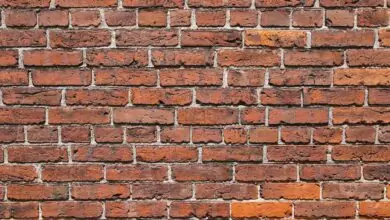4 Myths About Women in Construction

When you think about a construction site, the first picture that comes to mind is a group of muscular and sweaty men carrying heavy equipment or driving forklifts. Such is the image painted by society. There’s a widespread perception that construction jobs are suitable for tough men, with no place for women.
In reality, the construction industry requires more than muscular prowess. Jobs like architecture, engineering, machine operation, quantity surveying, and more need technical knowledge. This diversity warrants the inclusion of everyone in society, regardless of gender.
Here are the most common myths about women in construction and their solutions.
Women Are Too Weak to Handle Construction
Weakness is arguably the most popular stereotype against women in construction jobs. Society exaggerates the strength requirements for building careers, relegating females to ‘simpler’ occupations like nursing and serving at hotels and restaurants.
While it’s true that the average man can lift heavier than the average woman, it only applies to some people. Some can handle the ‘harder’ jobs with the same efficiency as men. The advancement of women in MMA, rugby, and football proves that women are also vital. Moreover, modern tools make work easier, allowing everybody to do tasks previously reserved for the tough.
Women Receive Little Salaries in the Construction Industry
Women receive lower salaries than men in almost all sectors of the global economy. However, it’s different in the construction industry.
For instance, studies show that women make up 80% of what men earn across all industries. In the construction sector, female workers earn up to 94% of what their male counterparts get, beating the average by an impressive 14%. Although the industry is yet to achieve parity, it’s closer than others.
It can be challenging to obtain a job in construction after graduation, but this affects male and female candidates. However, it gets easier after undertaking professional courses and attaining certification. The starting salary is usually three times more than an unskilled worker’s earnings.
Women Must Wear Men’s Protective Clothing
Many people assume that women in construction must wear clunky overalls and oversized gloves due to men’s domination. Wearing unfitting protective clothing risks workers’ safety, so, understandably, women wouldn’t be willing to wear items meant for men.
As more women venture into construction, companies make clothes that fit them. For instance, women’s safety vests are lightweight and have a curvy silhouette, unlike the heavy, oversized, and boxy traditional vests designed for men. Similarly, it’s now easier to find hard hats, gloves, and soft-shell jackets designed for female workers.
Women Are Averse to the Noise and Dirt in the Construction Industry
Most jobs in the construction sector are dirty, noisy, and dangerous. But this also applies to other ‘feminine’ professions like nursing. The truth is that every domain has its risks and disadvantages. In the construction sectors, workers mitigate the noise, dirt, and safety concerns by wearing earmuffs, overalls, and protective gear like hard hats and gloves.
Additionally, some construction jobs exempt you from touching dirt. For example, a site manager only visits the construction area for occasional inspections and never gets their hands dirty. The same applies to accountants, architects, etc.
Wrapping Up
The construction industry is so diverse that it accommodates several professions. Whether male or female, you can get a suitable career in this sector. Hiring more women promotes inclusivity, which is vital to societal development. When everybody has a job, the economy improves, as do living standards. More importantly, it shows that gender doesn’t define a person’s ability to pursue a particular path – instead, it’s their knowledge and aptitude.




